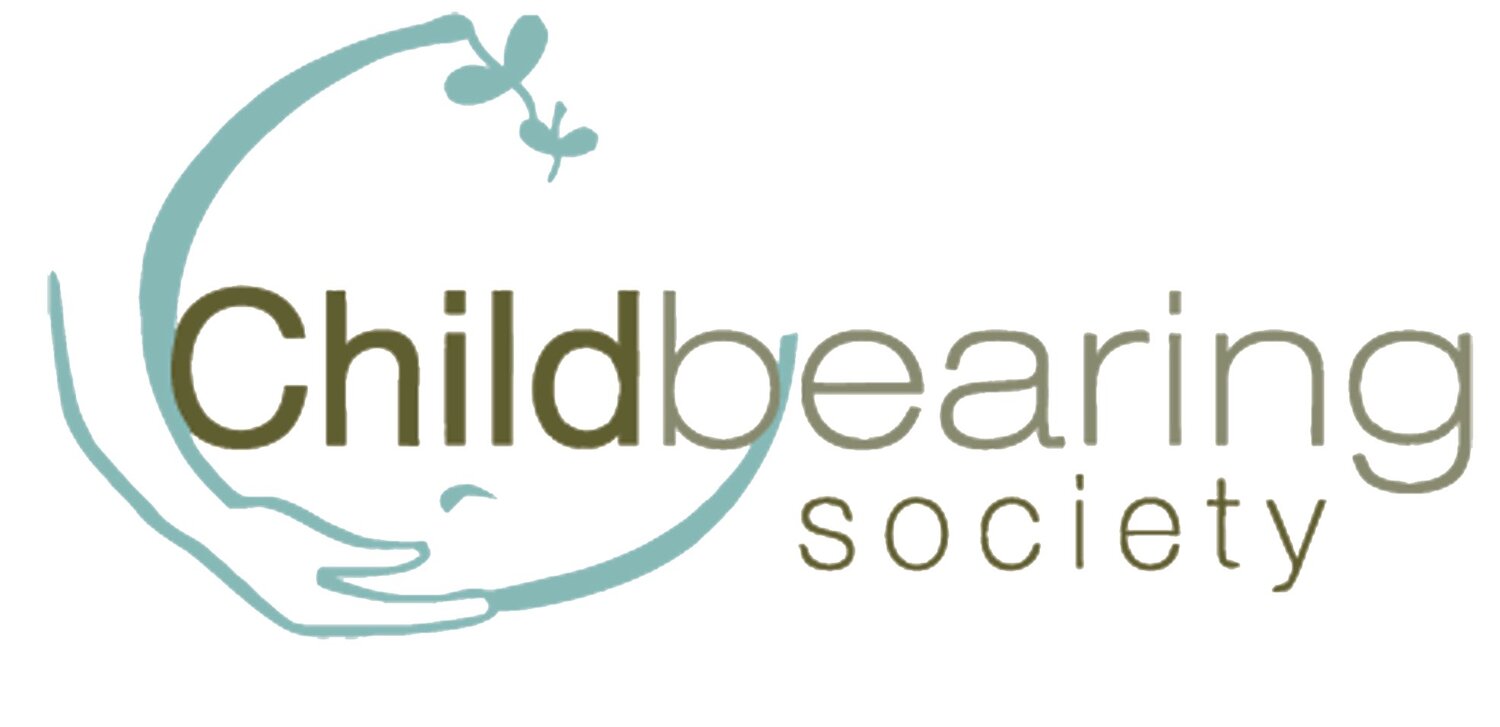My Adventures in Lazy Diapering
Originally published 2009
When weighing diaper options, few parents are aware that one of the choices is to use no diapers at all. Commonly referred to as “Elimination Communication” or “E.C.”, this approach to baby’s bodily waste involves skipping the diaper stage altogether. Imported from other countries, and originally a fringe movement locally, this bare-bottomed method has been gaining momentum over the last decade, popularized, in part, by Saltspring Island resident Ingrid Bauer’s book, “Diaper Free: The Gentle Wisdom of Natural Infant Hygiene”
The theory is basically that babies are born already possessing the instinct to avoid soiling themselves. When they need to urinate or have a bowel movement, they communicate this need to the best of their baby abilities. This might be squirming, squawking, fussing, “freezing”, or making a specific sound or gesture. Attentive parents can learn to recognize their own infant’s cues and respond accordingly. Babies can then be held over a toilet, bucket, or lawn, while the parent makes a ‘cueing’ noise, such as “psss” to let the child know they can safely ‘go’.
I heard about this approach when I was pregnant with my first baby. I dismissed the idea with typical first-time-mother scorn, pegging it as a fringe fad for the overly crunchy. But months later, knee-deep in home diaper laundry, I heard boastful accounts of success from friends using this approach, and I saw first-hand that small babies really can pee on cue.
I started to notice that my own baby preferred to let loose the moment I had her diaper off. The messes were legendary, as I was unaccountably unprepared every single time. But it did make me wonder if she was trying to avoid soiling her own apparel, just as the theory suggests.
A couple years later, facing the arrival of our second baby, my partner and I decided to try Elimination Communication. But only, we agreed, as a supplement to cloth diapering. True purists use no diapers at all, and rely entirely on a potpourri of baby’s cues, timing, and intuition. Inevitably, there are misses. There is floor cleaning, upholstery cleaning, and dry cleaning. There are misses in the bed, in the car seat, and in the grocery store. This might be a small price to pay for complete freedom from diaper-tyranny, but for us this price was too high in hassle. We opted instead for the lazy version, or as we called it, the ‘half-assed approach’. Instead of striving for ultimate al-fresco liberty, we set our sights on the humble cloth diaper as an omnipresent back-up system, while still endeavouring to notice cues, and respond with toileting opportunities. We agreed that we would only pursue this experiment it if it was easy, and if it appeared to offer some benefit. We would halt the madness immediately if it increased our workload in any way.
People often ask how soon you can start with EC: how old does the baby have to be? This is a good question, which for some reason didn’t occur to us to ask, so we launched right into the experiment the minute she was born. And immediately, we noticed that she did indeed ‘squirm’ before she urinated. So we started holding her over the toilet, and saying “pssss” whenever we thought she might need to ‘freshen up’. Besides making us feel ridiculous, it actually seemed to work, right from day one.
Over time, her patterns started to emerge. She needed to ‘go’ at predictable times and intervals, such as within ten minutes of waking up, right after feeding, soon after getting home, as well as every couple of hours throughout the day. And our own patterns began to emerge as well, such as that we weren’t going to bother at night (who needs even less sleep?), we chose not to during car travel, skipped it at the grocery store, and basically opted out whenever it was inconvenient for us. As I admitted earlier, we embraced the lazy version.
A common complaint amongst EC practitioners is that people give them the stink-eye when they ‘pee’ their baby over public sinks or beside playground shrubberies. We mostly bypassed this problem by simply avoiding it: if there was no convenient toilet or substitute, we simply didn’t bother. We would instead explain to the baby, “sorry, there’s no bathroom here, the diaper will have to do until we get home”.
But still, we caught most of her eliminations. Some days I would keep replacing the same dry diaper all day long. And we managed to aim nearly 100% of her bowel movements straight into the toilet, since her cues for those were less ambiguous.
And the results? We saw an approximately 75% decrease in our diaper laundry; a graduation to complete toilet independence much earlier than our first child (eighteen moths versus three+ years); possibly more tuned-in communication between parents and baby, although this is hard to gage; and ultimately, no hassle at all.
Our ‘half-assed’ approach may not have bared any backsides, but neither were there any discernible downsides. Communicating about this bodily need seemed to join a continuum within the parenting paradigm we were already inhabiting, which included observing baby for nursing cues, sleep cues, emotional cues, and signs of health. So when we had baby number three a few years later, we never considered removing EC from our repertoire, but forged ahead happily with another not-entirely diaper-free baby. The half-assed diaper approach, for us, included the best of both worlds.
Stephanie Ondrack has been with the Childbearing Society since 2003, and lives in East Van with her partner, 5 cats, 4 chickens, 2 rats, and 4 kids. None of whom have seen a diaper in well over a decade.

